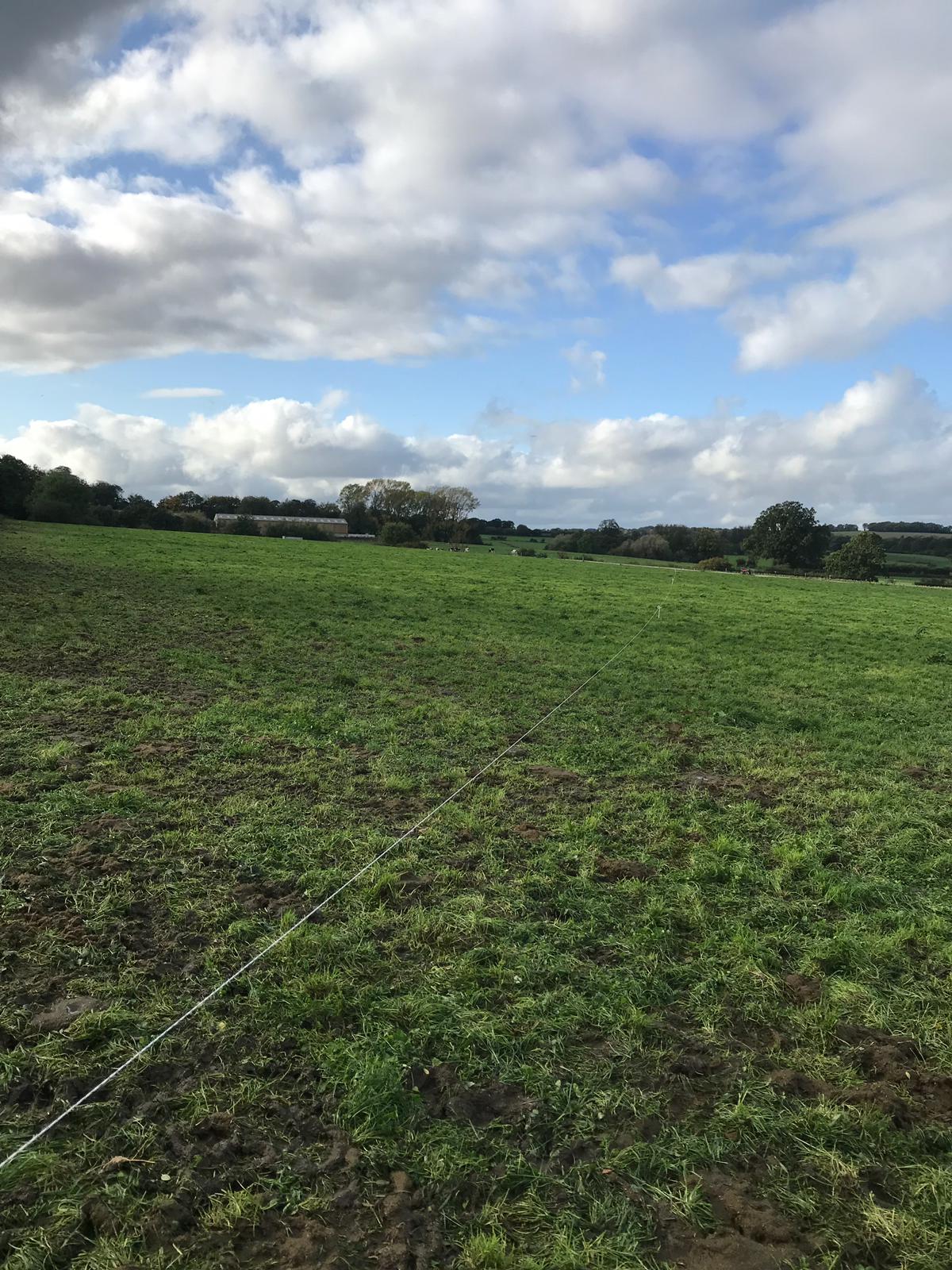Tips for on/off grazing to avoid poaching
For those thinking of on/off grazing to avoid poaching the platform in wet weather this autumn, remember that it works best when cows have an edge to their appetite. This changes their eating habits and they graze for longer, points out LIC consultant Sean Chubb.
As a New Zealander who is used to the practice of holding cows on yards or feed pads to avoid poaching, Sean has found that British farmers and managers tend to offer additional feed when cows are taken off the pasture, which stops them feeling hungry and prevents this necessary change in behaviour. “If a cow goes out full, she nibbles the grass then lies down, or goes searching for the best quality grass in the paddock which is what causes the damage,” explains Sean.
“When I say hunger, I don’t mean that cows should be underfed, rather it’s like you eating all three meals in one sitting. You have the same energy intake for the day, but you would be experiencing hunger by the time you came to eat again.”
Where cows are on an all-pasture diet before on/off grazing, then no buffer feeding is needed. Where supplements are being fed, it’s important to ensure that cows have finished this feed at least three hours before going back out to grass. “Housing at night while doing on/off grazing would help under this scenario, as it would reduce the number of times the cows enter each paddock and create a gap between feeds.”
Sean adds that the advantage of British farms is their purpose-built housing, which gives space for cows to lie down so they are clean and comfortable, reducing the risk of lameness and mastitis.
As with all changes, it takes a few days for cows to adjust. However, he stresses that taking cows off the platform at night means they will have an appetite for their first grazing in the day, “and the first grazing of the day has a big impact on pasture intake for the whole day,” he adds.
Key points to remember for on/off grazing:
- Use different gates for entering and exiting
- Target higher covers as they provide additional protection against soil damage
- Autumn block farmers should house their colostrum herd as they do the most walking
- Wet conditions can soften hooves, so zinc or copper footbaths are a good idea
- Plan the grazing rotation so the wettest paddocks are grazed off towards the end of October, this gives them four months’ rest before their first grazing in spring
What is on/off grazing?
"On/off grazing" typically refers to a specific approach or method of managing livestock, particularly in the context of pasture or forage-based feeding systems. This strategy involves alternating periods of time during which animals have access to pasture ("on") with periods when they are kept off the pasture ("off").
The"on" phase typically allows livestock to graze freely. When this period of grazing is followed by an "off" phase, during which animals are restricted from the pasture, it allows the sward to recover and regenerate.
The on/off grazing strategy is often part of a broader rotational grazing management plan, where pastures are divided into smaller paddocks or sections. Livestock are moved between these paddocks in a planned sequence, providing rest periods for each section to recover. This approach can contribute to improved forage quality, increased productivity, and better overall land and animal management.

Topics:
Sectors:
Tags:

